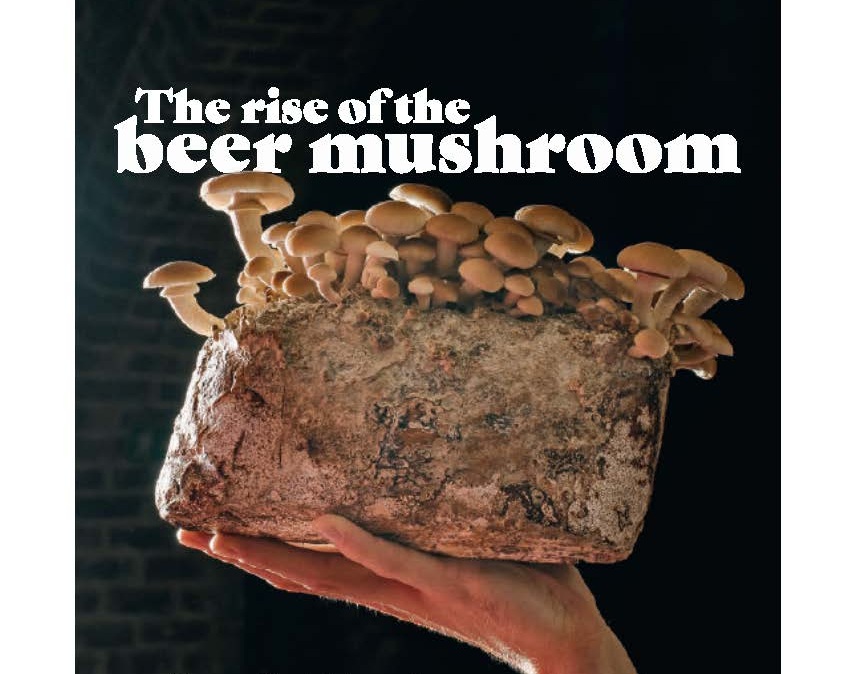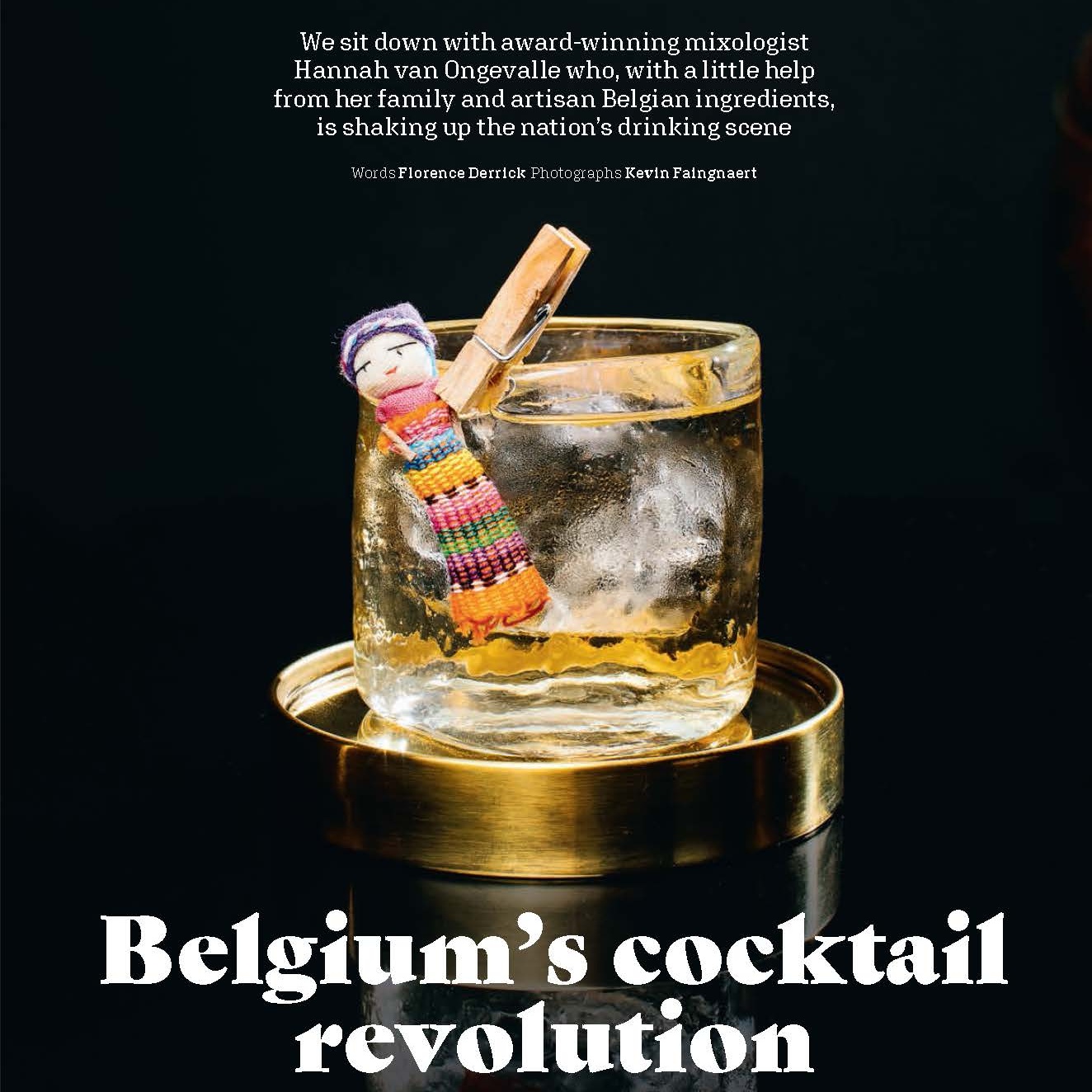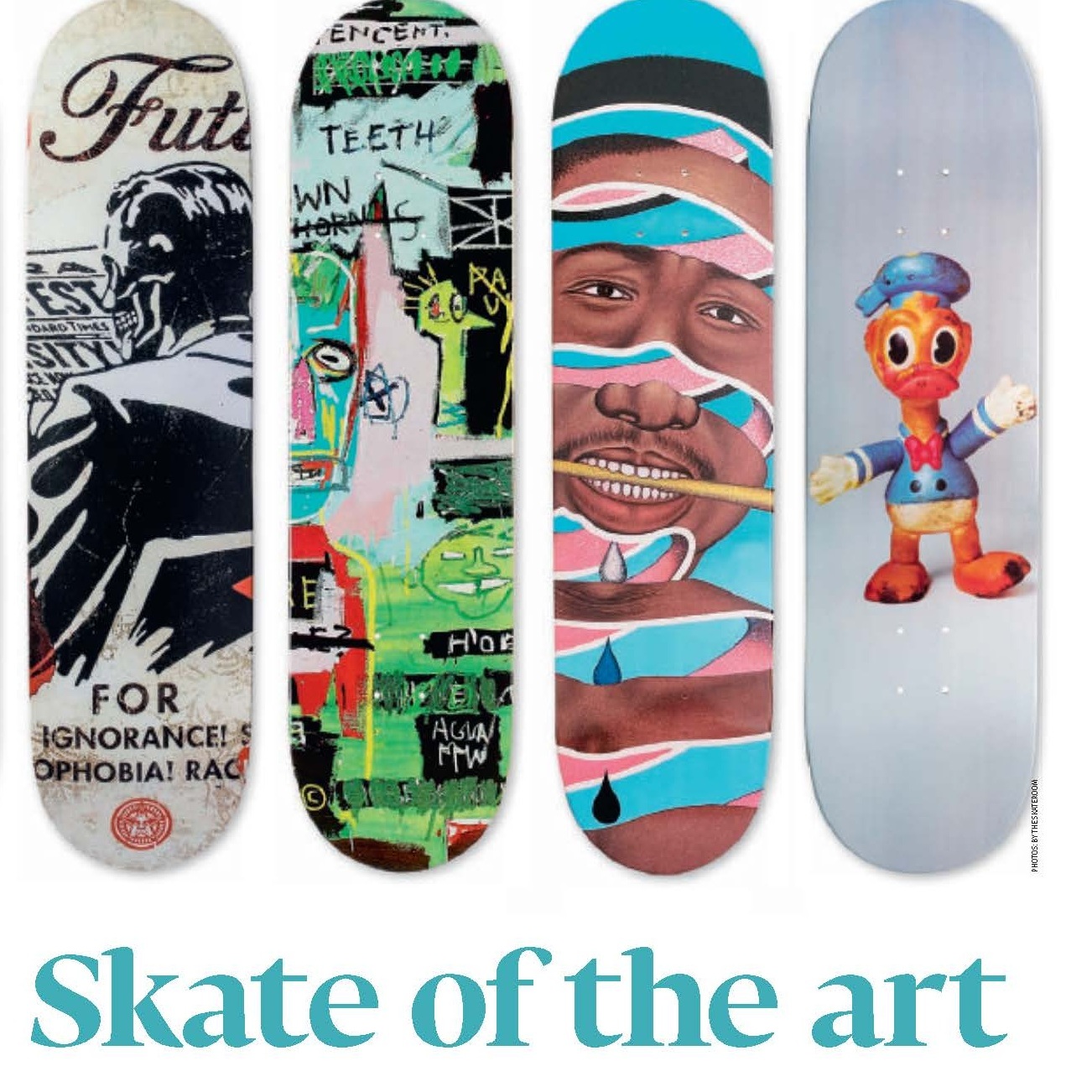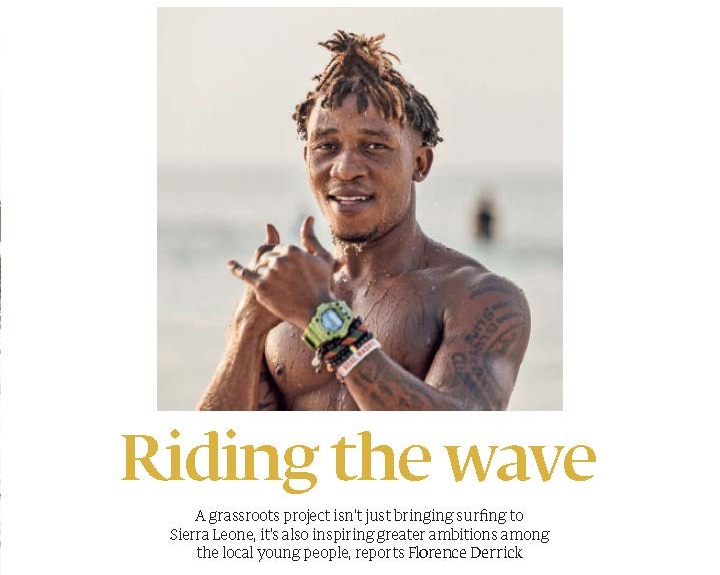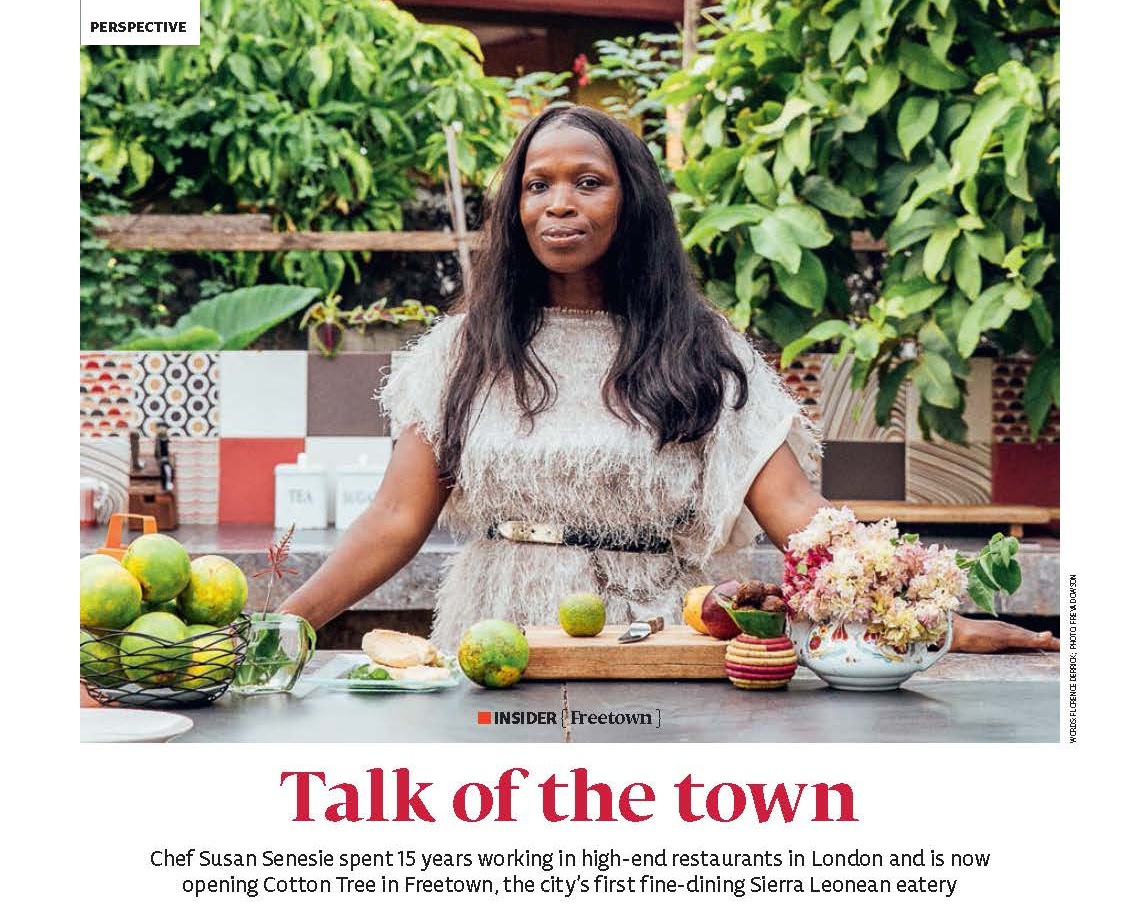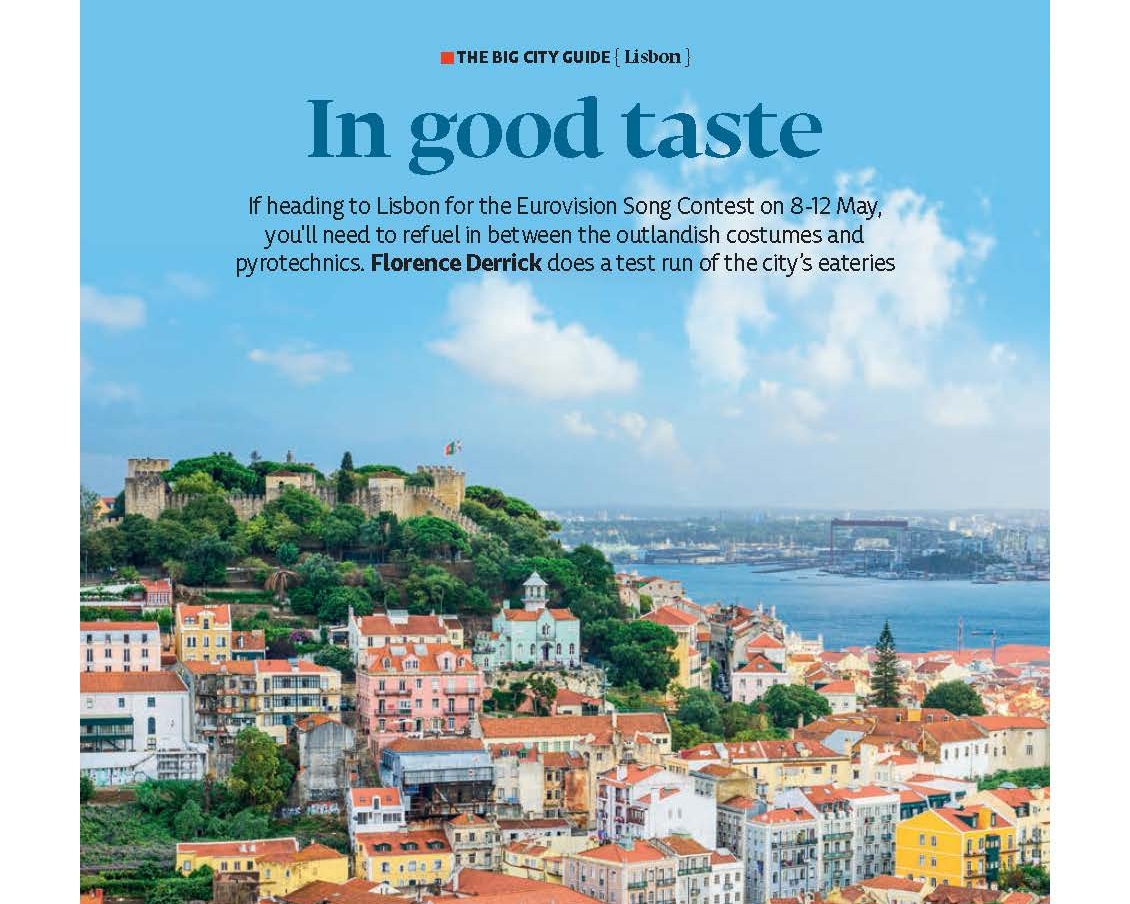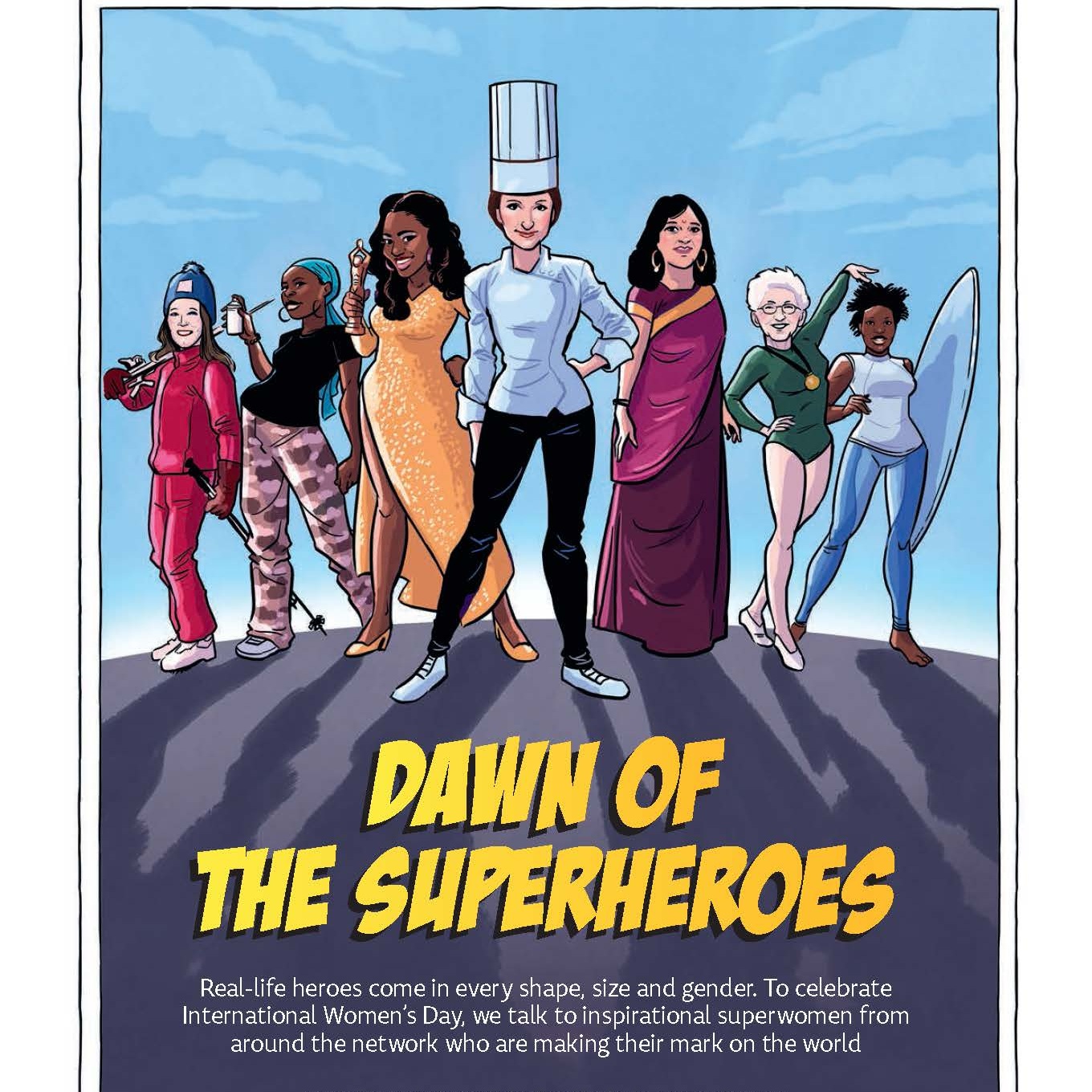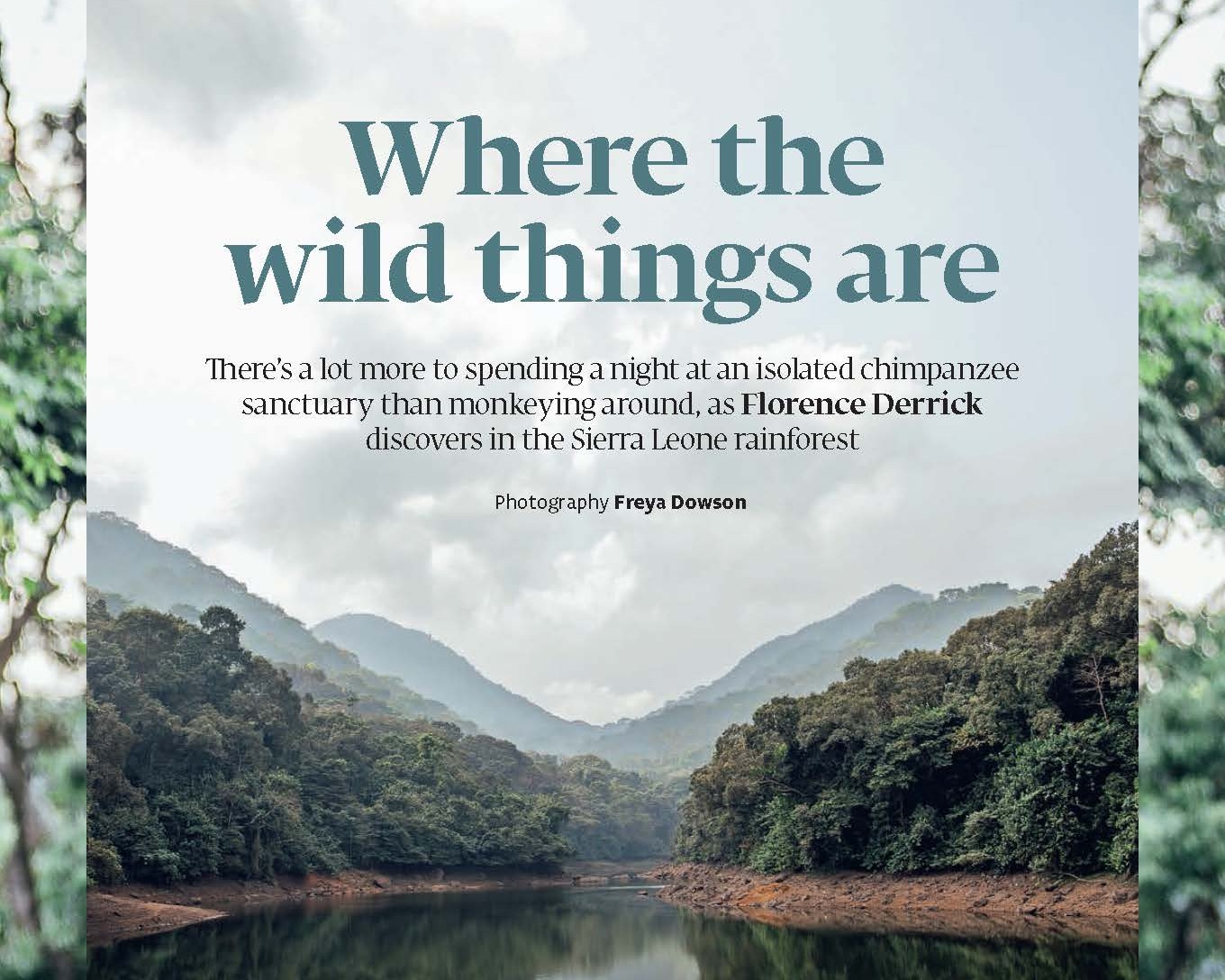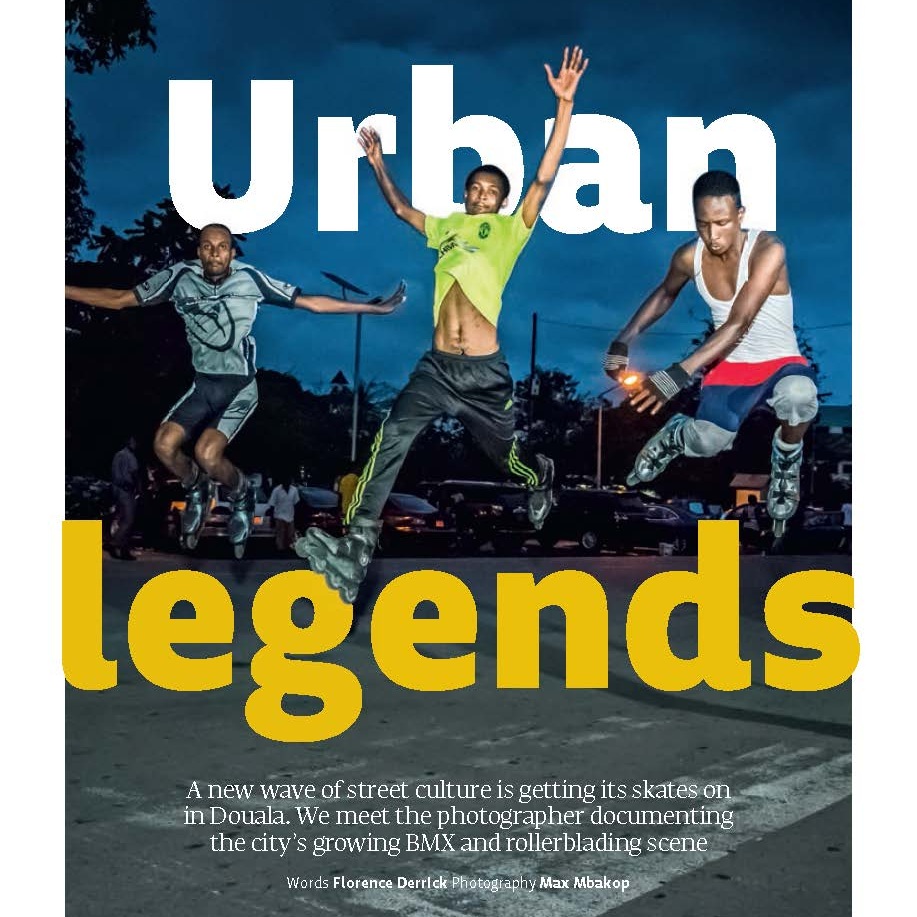It’s nearly midday on a baking-hot Friday afternoon, and the crowd that’s gathered at the gate is beginning to jostle. Singing, laughing, dousing each other in body glitter and draping flags from every corner of the globe around their shoulders, these people are ready to party. The dress code is cut off denims and string bikini tops, suntans and face paint the order of the day.
Suddenly, the rhythmic thud of a techno beat strikes up, vibrating the ground underfoot. A collective roar emanates from the crowd, and finally, the gate opens. Hundreds of twenty-to-thirty-somethings pour through, fl ashing their wristbands and running towards the music. An enormous, theatrical stage sits in the field’s natural basin, and a tiny figure can just be made out at its heart, bopping his head and raising his hands to welcome the revellers tumbling down the hill towards him. It’s legendary techno DJ Carl Cox. Screaming with excitement, some festival-goers actually drop to their knees and kiss the grass at their feet.
We’re at Tomorrowland, the world’s biggest electronic music festival, where even the site is considered hallowed ground. Like Glastonbury, but for electronic music, tickets are like gold-dust – and for some of these music lovers, arriving at this festival is the stuff of dreams. It’s not an exaggeration. As I watch the Mainstage fill with fans, jumping with elation and waving their native country’s flags (it’s a Tomorrowland tradition to represent where you’re from), I spot the national colours of Bulgaria, Brazil and Australia. In fact, up to 214 nationalities travel from all corners of the world to the tiny (and aptly named) town of Boom, an hour’s drive from Brussels – to attend the party to end all dance parties. We’re talking 16 stages hosting 1,000 artists and 400,000 festival-goers, over two three-day weekends each and every July.
But the festival experience begins long before the gates open. For some, it starts at airport departure gate parties and DJ-hosted flights – of which Brussels Airlines puts on 147, from all over Europe and the United States, for each festival. Others start the proceedings at Invited, the secret pre-party that takes place in central Brussels, or at The Gathering – a Thursday night warm-up concert at the festival campsite, DreamVille.
For me, it kicks off on Friday morning in the DreamVille campsite, which is a temporary, self-contained town, with wooden boardwalks, a supermarket, clothes shops and hair salons (there’s even rumoured to be a tattoo parlour, although I can’t find it). Joining the hordes heading towards the main gate, which is impossible to miss beneath an enormous, painted-wood rainbow, I realise in a moment of dismay that this is a festival to dress up for. All around me, the guys have seemingly spent months in the gym preparing for this day, while the girls have all perfected the messy-chic, boho look. Hair piled up and in a T-shirt and trainers, I feel decidedly un-glam. Something catches my eye. A make-up stand is placed near the final walkway to the festival ground. I duck in and emerge with smudgy, smoky eyes sparkling with gold glitter, and freshly tonged hair. I’m ready to go.
Walking the final stretch from DreamVille to the festival is an experience in itself. With boom boxes and dancing all along the way, there’s never a dull moment. The kookier festival-goers are jumping on ‘crazy bikes’, which you’d think would be a quick hack for speeding to the gate by bicycle. It’s the opposite. Some have steering wheels for handlebars; others have backwards pedals. Suffice it to say, these bikes will double the journey time from the campsite to the entrance – but they definitely make it more fun.
Once inside, it’s clear why people talk about Tomorrowland as if it’s a world of its own. At every turn, there’s a wacky spectacle to behold. Mime artists pull someone to the side, sit him down and pretend to polish his shoes (it doesn’t seem to matter that he’s in flip fl ops). Marching bands on stilts parade through the site, parting the crowds like Moses in the Red Sea. Game of Thrones-esque, fur-clad warriors trudge in packs, brandishing staffs and intimidating glares at anyone not quick enough to jump out of their way. Ethereal fairies fl utter their wings and eyelashes at passers-by, dressed in silk leaves and sequins.
I make my way to the huge Brussels Airlines Ferris wheel that overlooks the festival site – to get the lay of the land. From the top, it’s dizzyingly high and the view is impressive. Nearly every stage can be made out, from the cavernous indoor Freedom Stage, renowned for its pyrotechnics and light shows, to the dingy Rave Cave and the Mainstage where Eric Prydz is just beginning a set.
You can even spot the Jacuzzis and swimming pool, and the twinkling fairy lights peeking out from the hidden, glade-like forest stages. It’s the perfect place to set out a plan of action, and there’s a lot of music to enjoy. But first, it’s time for a pre-party refuel. I’ve got a ticket to BEAT – a one-hour, three-course meal accompanied by an intimate DJ set. My slot is DJ’d by Filipino-Dutch music producer and martial artist Laidback Luke, in a purpose-built room covered with fake foliage, from ivy-covered walls to flower-threaded tablecloths. The set is already in full swing as I step into the dark space, taking a neon-green cocktail from a raised table by the door. I was expecting something of a low-key dinner party vibe, and I completely missed the mark.
It’s carnage. The wooden floor vibrates and creaks from the heavy bass and the jumping feet of 50 or so ticket-holders, each one buzzing to find themselves in the Boiler Room-like setting. A guest chef has prepared a beautiful three-course meal, but it’s difficult to work out what’s being served through the darkness and above the din.
And that’s if you can get your hands on a plate of food in the first place. Waiters carry in tray after tray of braised pork cheek and mashed potato, in polystyrene bowls, and the crowd – clearly famished from a day’s worth of dancing (and most likely, a hangover from the night before) – immediately pounces on each one, devouring that meltingly soft, lovingly prepared meat in three mouthfuls at best, before casting the plate aside and hitting the dancefloor again. I find a quieter corner to tuck into mine, and it’s delicious – but not as delicious as the disco funk being laid down by Luke. I shove it down in a few mouthfuls and get back on the floor.
The hour flies by, and I head outside to check out the stages. I catch Russian DJ Nina Kraviz’s pure-vinyl, minimalist techno set as the sun goes down and, at dusk, I follow a string of fairy lights into a woodland where German DJ duo Claptone are playing otherworldly deep house in their signature gold-beaked masks.
There’s only one place I want to be for the final act of the night. Around 50,000 people can fit into the Mainstage arena, in a natural amphitheatre that allows for unobscured views from just about every angle. I clamber up the hillside to the very top centre as David Guetta – a Tomorrowland veteran, who played the first-ever edition and has been on the bill every year since – steps into the booth. It’s clear that Guetta loves this festival. He launches into a euphoric set filled with classics, grinning from ear to ear. His enthusiasm washes through the crowd – we raise our hands to the heavens and sing our hearts out. The staging is an incredible feat of ingenuity: acrobats swing from platforms embedded high in the rafters, as all the zany elements of the festival design collide in one breathtaking scene.
At just before 11pm, the sky erupts into a kaleidoscope of fireworks – a twice-nightly occurrence throughout the festival. There’ll be another fireworks display at midnight, but I’m heading back to the DreamVille campsite for a nightcap of Jupiler beer and some shut-eye before it all starts again tomorrow. And this time, I think, I’ll bring the glitter. tomorrowland.com

